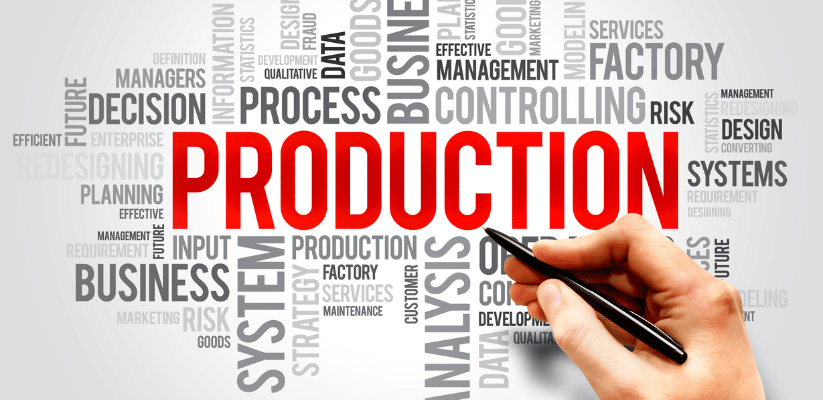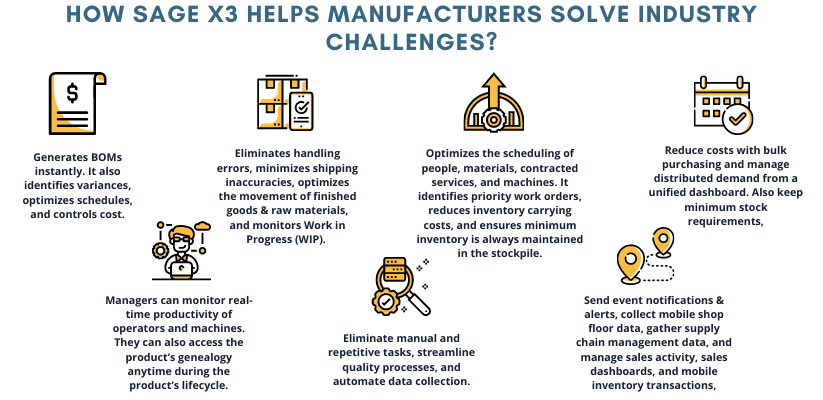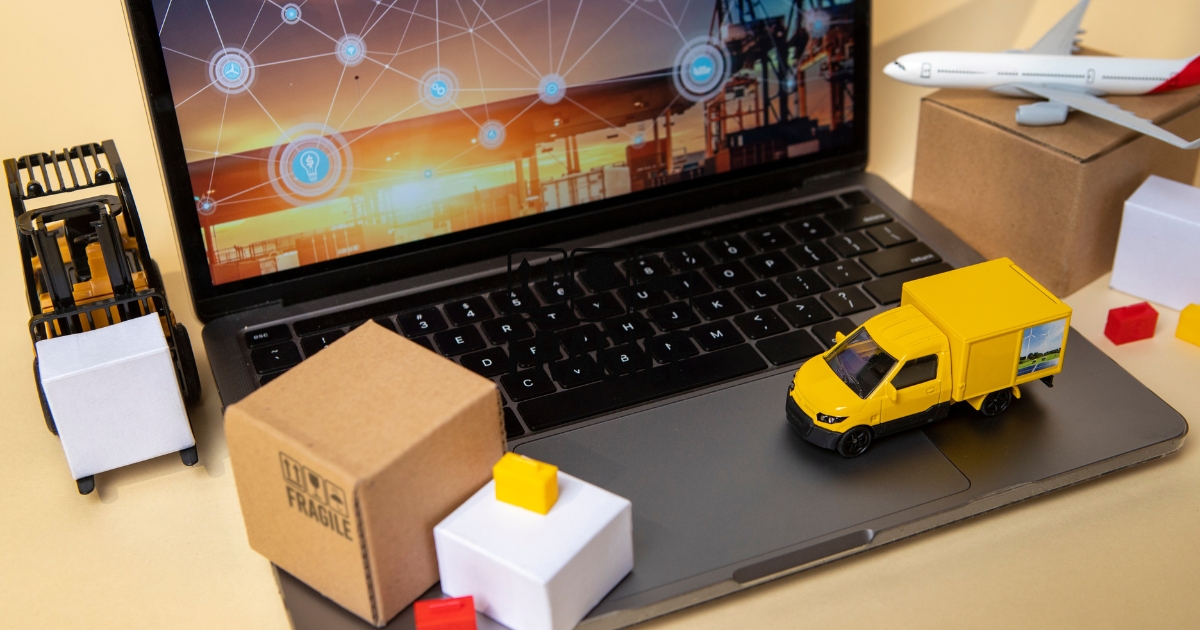Summary: Manufacturing and production are often used interchangeably because both involve the manufacturing of finished goods from raw materials. But there is a significant difference between the equipment and the process used. This article will critically examine the difference between manufacturing and production and help you better understand the two terms.
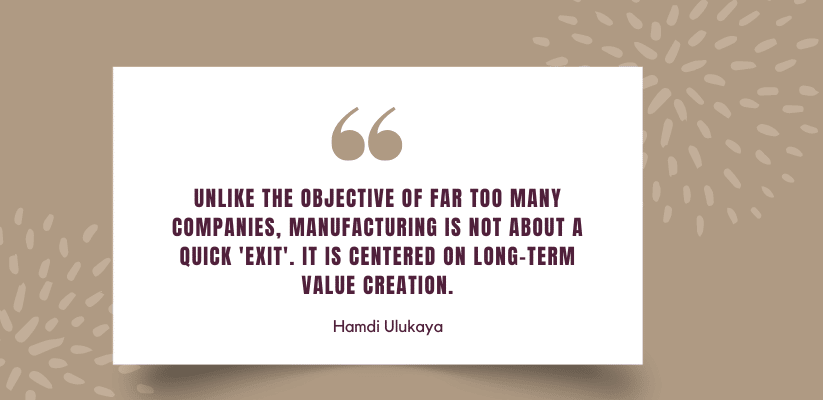
What is Manufacturing?
Manufacturing is the process of producing a finished product for sale through a combination of manpower, machines, and biological & chemical processes.
The following points provide a detailed description of manufacturing:
- Manufacturing is often used for industrial production where raw materials are transformed into final products in large quantities.
- These final products can also be used as raw materials for producing complex products, such as automobiles, buildings, aircraft, etc.
- Wholesalers purchase these finished products from manufacturers, who then sell them to retailers. Finally, consumers buy them from retailers.
- Manufacturing also includes all the intermediate activities required for integrating a product’s components. Therefore, engineering and industrial designing companies are also a part of the manufacturing domain.
- Examples include PE, Pfizer, Volkswagen, Apple, Samsung, Toyota, etc.
<<<Also Read: 9 modules of the MES software that efficiently manage production operations>>>
What is Production?
Economics defines production as the conversion of natural resources into goods that can be used for satisfying human needs.
The following points provide a detailed description of production:
- Production means converting physical materials into physical products primarily to satisfy human desires. For example, we mine gold from mines, then convert it into a gold chain for personal satisfaction.
- Intangible services like writers, engineers, doctors, and dancers are a part of “production”.
- Production isn’t limited to only creating finished products from raw materials. Instead, it includes creating something of value for humans.
Difference between Manufacturing and Production (Infographic)
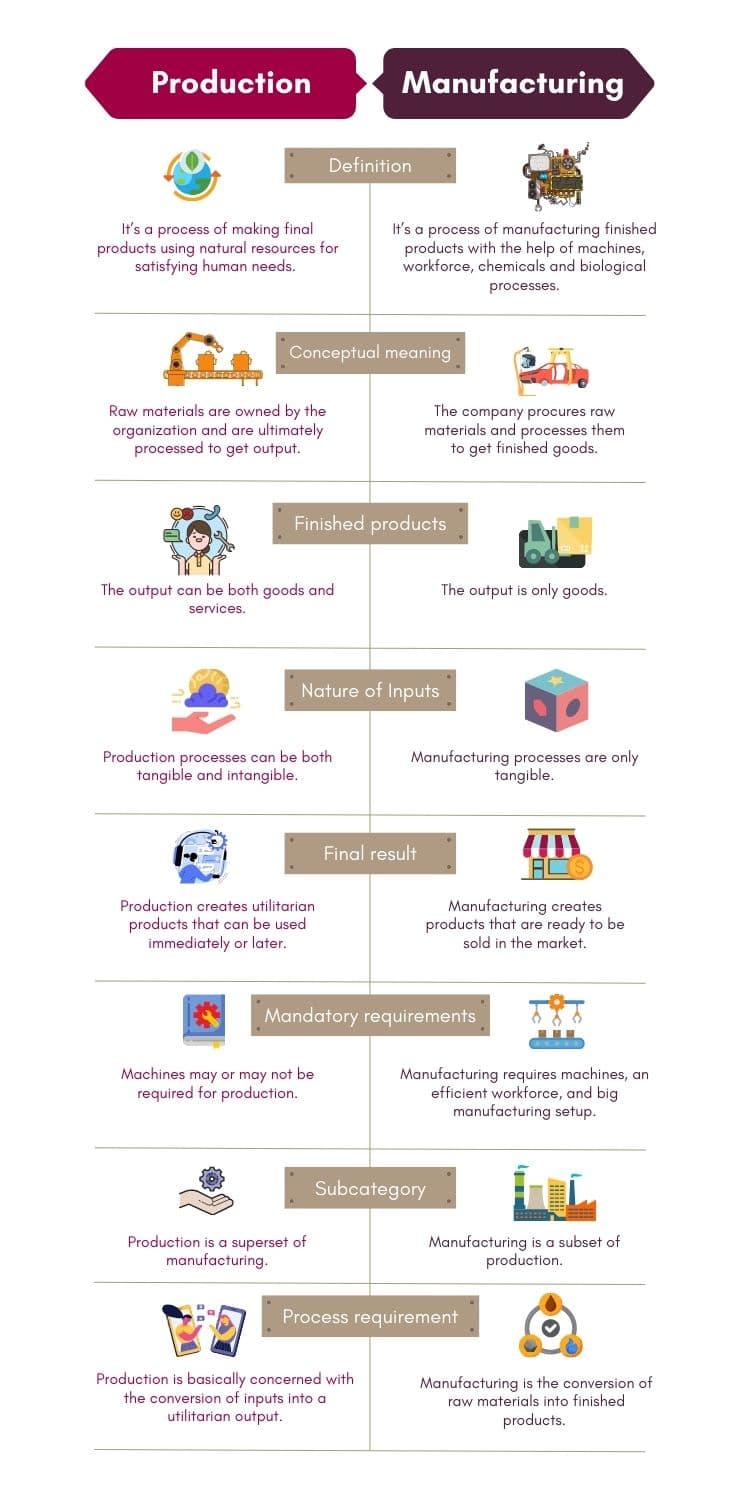
6 differences between Manufacturing and Production
The difference between manufacturing and production is that the former is concerned with the production of finished products that have maximum selling potential and the latter deals with the production of products that fulfill human needs. The following infographic explains the other differences.
- In manufacturing, machines convert raw materials into finished goods. On the other hand, the concept of “production” revolves around converting natural materials into finished products to satisfy human desires.
- In the case of production, finished goods create some utility. Manufacturing, on the contrary, talks about producing goods with some economic value.
- Machines play an essential role in manufacturing but not so much in production.
- Manufacturing only creates tangible products, but production creates both tangible and intangible products.
- Every manufacturing activity falls under “production” but not every production activity falls under “manufacturing”. In short, manufacturing is a subset of production.
- Goods are the end products of manufacturing. On the contrary, The end products of production can be goods or services.
| Attributes | Production | Manufacturing |
| Definition | It’s a process of making final products using natural resources for satisfying human needs. | It’s a process of manufacturing finished products with the help of machines, workforce, chemicals and biological processes. |
| Conceptual meaning | Raw materials are owned by the organization and are ultimately processed to get output. | The company procures raw materials and processes them to get finished goods. |
| Finished products | The output can be both goods and services. | The output is only goods. |
| Nature of Inputs | Production processes can be both tangible and intangible. | Manufacturing processes are only tangible. |
| Final result | Production creates utilitarian products that can be used immediately or later. | Manufacturing creates products that are ready to be sold in the market. |
| Mandatory requirements | Machines may or may not be required for production. | Manufacturing requires machines, an efficient workforce, and big manufacturing setup. |
| Subcategory | Production is a superset of manufacturing. | Manufacturing is a subset of production. |
| Process requirement | Production is basically concerned with the conversion of inputs into a utilitarian output. | Manufacturing is the conversion of raw materials into finished products. |
Conclusion
Production may or may not involve machines and a big infrastructural setup. It’s concerned with transforming a combination of inputs into a utilitarian output. The end result of all production activities is to satisfy human desires immediately or after a long gap. On the other hand, manufacturing is the process of acquiring raw materials and converting them into finished products that are ready to be sold. Therefore, proper coordination between the workforce and machines is necessary in manufacturing. Moreover, the end result of all manufacturing activities is to make profits. This blog helped you understand the difference between manufacturing and production.
